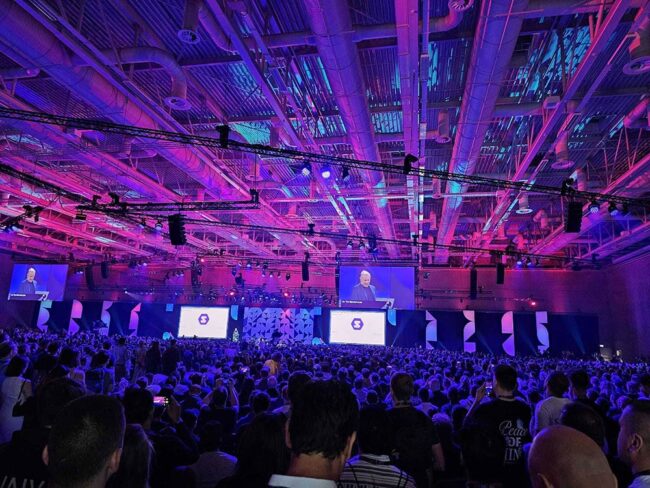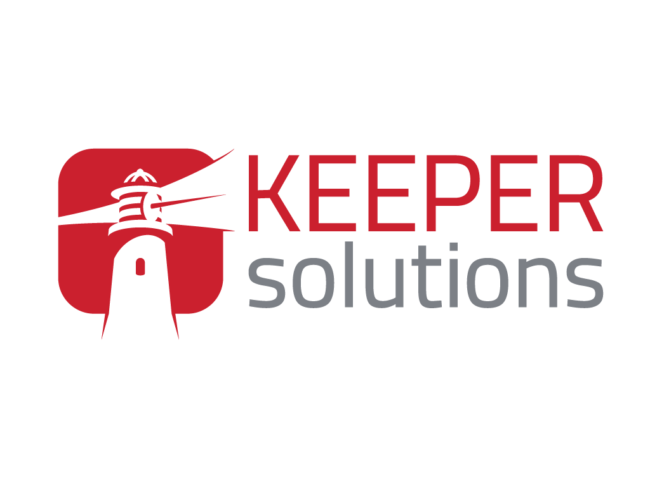Employee Spotlight
Q&A with Keeper Solutions CTO, Nick Holme
 This autumn, Keeper Solutions will be hosting a series of CTO roundtables where various members of the Keeper Solutions team, along with some key industry players, will sit down to discuss the latest trends, winning strategies and most fascinating developments from the worlds of FinTech, MedTech and CleanTech. Topics that we will be exploring include sustainability and NFTs, blockchain and the future of currency, banking 3.0, and regulating FinTech in the Biden era. We will also be looking at more operational themes such as discussing the power of diverse teams and the value of software outsourcing.
This autumn, Keeper Solutions will be hosting a series of CTO roundtables where various members of the Keeper Solutions team, along with some key industry players, will sit down to discuss the latest trends, winning strategies and most fascinating developments from the worlds of FinTech, MedTech and CleanTech. Topics that we will be exploring include sustainability and NFTs, blockchain and the future of currency, banking 3.0, and regulating FinTech in the Biden era. We will also be looking at more operational themes such as discussing the power of diverse teams and the value of software outsourcing.
One person that you will soon meet as part of those roundtable discussions is Keeper Solutions CTO, Nicholas Holme. Based in Eastern Cape, South Africa, Nick is a vastly experienced technology professional with extensive experience in cloud solutions, business intelligence, project management and implementation.
In a recent Q&A session, we asked Nick about his career highlights to date, his motivations, his thoughts on headless architecture and current FinTech trends. We also found out a little more about his passion for the little known art of ‘Kaizen’.
Q. Your career in technology has spanned decades and you have worked and studied all over the world. What are you most proud of in your career to date?
If I have to think back on it, what I’m most proud of is my approach that anything is possible. This approach and belief has helped me take leading roles in getting complex projects over the line.
I first became involved with technology years ago. At the time I was working in a completely different area of the business but I started to recognise the importance that technology had on the company’s success. I then had an interview with Kellogg’s University where we discussed CRM in tourism. After that, it all crystallised for me and I switched careers. I joined Oracle and committed to technology.
Q. What impact is headless architecture having on the technology landscape?
With the surge in popularity of JavaScript, it is becoming commonplace to have at least two teams in a development project; front-end and back-end. Headless architecture enables speed and flexibility but it can also increase complexity and requires strong communication.
You can spin up a pretty good website in a popular JavaScript framework and connect it to a headless CMS in a short space of time. However, when you have two separate teams, one working on business logic using visual design tools and the other only building APIs, mismatches can occur. Success requires close collaboration and good API documentation.
We use this pattern often but just because you can do something doesn’t mean you should. For example, if you are delivering an MVP where market demand is unknown, it can sometimes be better to just get the product to market as quickly and easily as possible. You can then get a better understanding of demand and build it out from there.
Q. Can you tell us a bit about ‘Kaizen’ and what it means?
It’s a Japanese word. It’s a philosophy that helped propel Japanese companies to the top of the business world after World War Two. It basically means ‘continuous improvement’.
How does it work in action? Let’s say you have completed a project or a set of tasks. If you are living the Kaizen philosophy you then ask yourself questions of improvement. How can we do this better? Where can we improve? What would we change if we could do it over again?
I love Kaizen as a tool for betterment. I also like the Google viewpoint which discourages blaming and finger-pointing and focuses instead on continued improvement. Even when you or your team have done well, it’s worth taking a moment for reflection.
Q. What was your first computer? (Mine was a Sinclair ZX Spectrum FWIW 🙂 )
Haha the ZX Spectrum. That had the rubber-like keys as far as I can recall. I think it preceded the Commodore 64?!
Mine was an IBM, which ran on DOS and had a monochrome screen. My dad brought it home from his work. It used floppy discs and used to grunt and whirr on start-up! I was fortunate to have friends whose families were early adopters of tech and so by the time we had a computer at home I already had tried my hand at writing some code on my friend’s Apple.
I didn’t spend a lot of time on it but I remember being interested in the database application. When I was able to get a dial-up modem and connect it to the phone-line, I signed up for an application which allowed you to fax 400 numbers at a time. With that application I started a food delivery business where I’d send menus to offices in a specific area. Yep, I used tech for spamming folks as soon as I could!
Q. What do you think are the most interesting trends in FinTech right now?
Well a trend implies a continuing pattern so let’s look back three years or so.
First, the much-hyped buzzwords were things like ‘disruption’, and ‘blockchain’. FinTechs were entering markets where they were going toe-to-toe with traditional service providers such as banks and established financial institutions. When this happened, the growth caught the regulators by surprise. There was huge growth worldwide but especially in Asia with the likes of WePay and AliPay.
Then the pandemic came along and this forced a lot of businesses into re-examining their own digital capabilities and finding ways to keep their business running online.
China seems to be clamping down a bit on their unicorns. Countries are upping the ante with more stringent laws around data governance. But, at the same time, they are using the major cloud players such as AWS, Google, Azure and Alibaba to lower the barrier to attaining compliance certifications. Previously, these were notoriously difficult to reach for those who were just starting out.
I think the open-banking approach will gain momentum as new FinTechs continue to prosper in that space that exists between customer demand and slow-moving incumbents. From what I have seen recently, large financial institutions are not averse to partnering with FinTechs or purchasing them if they fulfil a need well.
Q. What are you enjoying most about your role at Keeper right now?
The people in Keeper are a great bunch (and mostly a lot smarter than me!). I look forward to meeting with the whole team, having a bit of fun and learning from one another.
I enjoy working remotely. At Keeper Solutions, we are very fortunate to be the kind of business that can easily switch to remote work practices. This made it much easier for us all to adapt when the pandemic first began.
Q. What do you like to do most that’s not related to computers?
I like training my dog. He is an English Springer spaniel. Outside of that, I enjoy archery and spending some downtime with my family.
Q. What motivates you?
I love to ponder on real-world problems that have technical solutions which aren’t yet realised. I‘m particularly fascinated about projects that I feel would make the world a better place.
A huge thanks to Nick for answering our questions and providing some amazing photographs!








